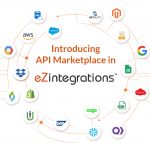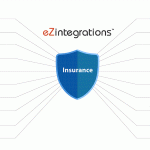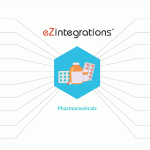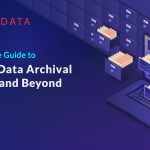What is no code data integration?
Data integration is considered to be one of the most complex tasks in the construction of digital services. However, it is important to bring new digital methods to market.
In this article, we explore what is no code data integration, its benefits and use cases, and how it speeds up digital transformation by empowering more businesses.
No-code integration is a visual enhancement for making cloud data integration without the need for in-depth knowledge of programming languages. Using a visual interface, integrating data can be easily executed and run safely by dragging and dropping. It empowers users with different levels of skills and competencies to work in applications.
Key Benefits of no code data integration
No-code data integration provides a way forward for future IT needs. It empowers businesses to improve productivity by deploying integration at a low cost and faster rate without conflict over IT infrastructure. No-code platforms mitigate the risk of errors that are a result of manual coding efforts. Codeless integration provides a place where business users can find pre-installed templates integrated and drag-and-drop tools for applications and integration. This benefit speeds up the integration and distribution of the app from months to a few minutes. IT teams can save time and focus on innovation and can respond to changes and deletions more effectively. Business users can set up data graphs, improve data flow, and move data to the right place at the right time.
How no code integration works
The no-code integration platform uses visual mapping with easy drag and drop view. No code integration is intuitive, provides users to integrate applications easily. No code integration does not require software development expertise or official coding knowledge for integrating applications.
Both professional engineers and citizen developers can use a no-code integration platform to integrate a variety of complex applications to meet business needs, create flexible processes, and accelerate digital transformation.
Use cases of no code integration
- On-Prem Enterprise Applications
Integrate on-premise enterprise applications from all leading vendors such as cloud and SAP, Oracle, Infor, Workdays, Salesforce, or any other homegrown applications. - Master Data Management (MDM)
Integrate and manage master data of customers, suppliers, items, assets directly from your MDM application. Enhance your items and assets with GTIN, URN, EIDR, UUID, UDI, or any other identifier. - SaaS Applications
SaaS applications over the cloud for small and large enterprises. Automate data transactions, notifications, workflows and Robotic Process Automation (RPA) flows. - Data Warehouse
Integrate & bring data in real-time from Digital Marketing Platforms, Social, SaaS, and Enterprise Data Sources to Enterprise Data Warehouse. - Internet of Things (IoT)
Collect data from gadgets, sensor data over buildings and machines, human body heat, and plants in real-time to any target systems.
Conclusion
The no-code data integration approach is an ideal solution to IT problems. It provides business users with the ability to overcome the most difficult challenges of data integration. The ability to use integration enables business users to integrate technologies and processes into a complex and distributed IT environment.
No code integration platforms have transformed businesses, making it easier than ever to spin and start using rich business software. While there will always be a need for human-led software development, non-coding platforms fill an important white space for companies of all sizes and industries. New ideas from citizen developers can encourage alternative solutions that improve productivity and open up more opportunities, especially as more non-coding platforms are available.






